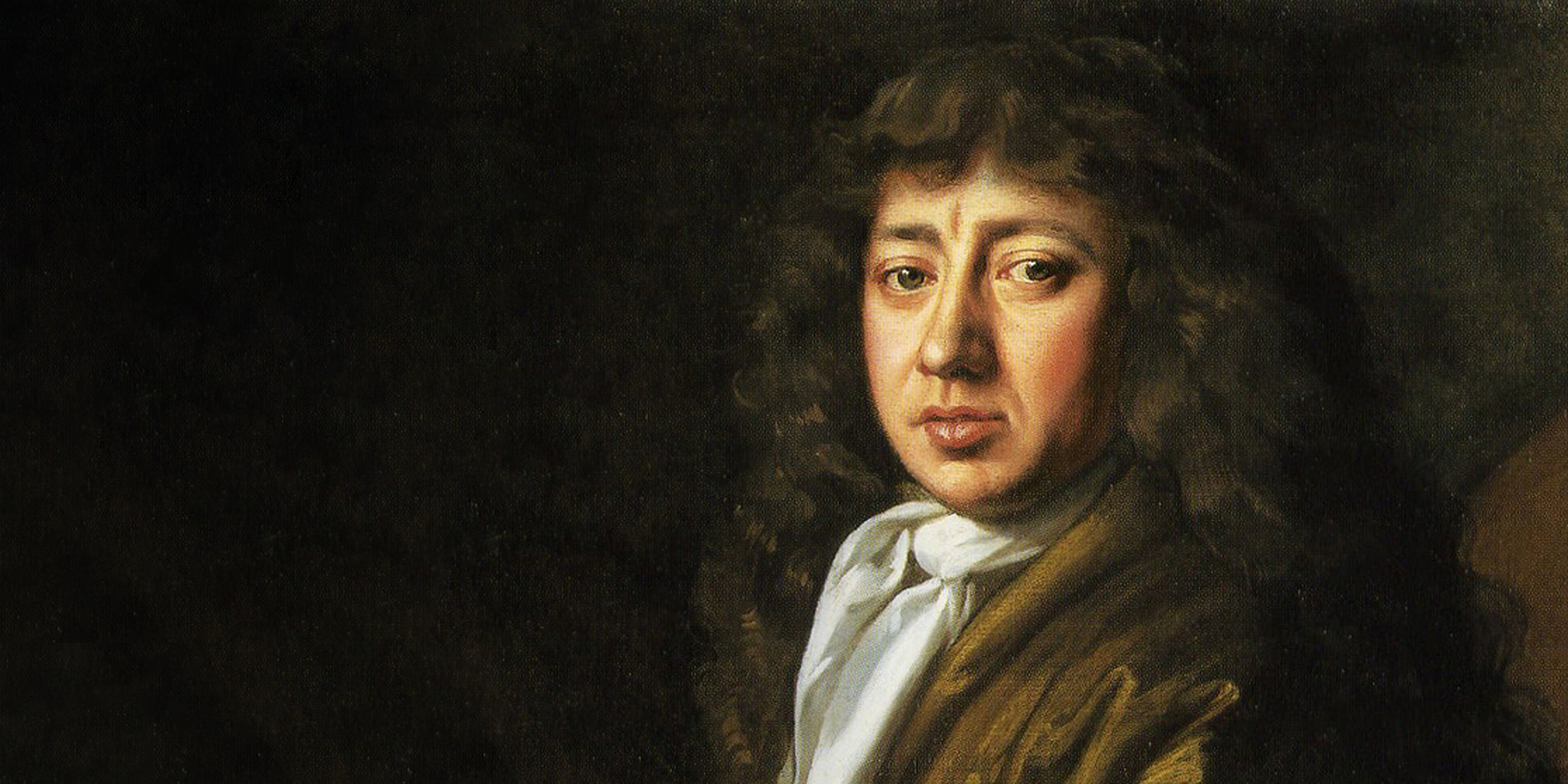Originally published 26 April 1999
I don’t know if high school kids today read Samuel Pepys’ Diary. Back in the 50s even parochial school students were exposed to bits of the diary — mostly Pepys’ accounts of the Great London Fire of 1666 and the plague.
Pepys was a government bureaucrat, not a scientist. Nevertheless he was swept along by the excitement. He purchased every new science book that came off the press, and struggled to understand it. He bought a microscope and a telescope and almost every other clever device that defined the new experimental age. And he cultivated the friendship of scientists. In 1665 he was elected to membership in the Royal Society; later, he would be elected president.
What we saw of his diary was severely edited, as I discovered recently by plowing through it; there were almost ten years worth of entries and what seemed a zillion words. Most of what Pepys committed to paper was a record of his pursuit of pleasure — food, drink, music, plays, and women. Especially women.
During the years of the diary, 1660 – 1669, most of London was pursuing pleasure, following the example of their fun-loving monarch, Charles II. The king’s pleasures were unabashedly public, his mistresses openly acknowledged. Pepys was less unabashed; he managed to keep his amorous adventures secret from his wife, at least until she caught him flagrante delicto with her “lady.”
Of course, no hint of Pepys’ hanky-panky appeared in our high school excerpts.
What makes the diary such compelling reading is the combination of private and public history. Pepys was a man about town who hobnobbed with royalty, nobility, intellectuals, artists, military men, clergymen, and bishops, as well as tarts, boatmen, hackney drivers, and tavern keepers. He might move directly from an audience with the king at Whitehall Palace to a saucy performance by Nell Gwyn at the Duke’s theater. His diary is an intimate portrait of his age in all of its nuances.
It was not only a time of pleasure.
During the 1660s, London was home for many of the ingenious “savants” and “virtuosos” who created science as we know it. New ideas were in the air, new ways of wresting knowledge from nature. The first scientific society was established — the still influential Royal Society. Robert Boyle, Robert Hooke, John Wallis and others published important experimental work that students still study today. At Cambridge, the young Newton did his brilliant work on gravity and mechanics (although the world would not know of it until a few decades later).
Pepys’ interest in science was partly intellectual curiosity and partly fashionable fad. When he acquired a “perspective glass,” an early form of binoculars, the first place he took it was to church, where from a pew in a gallery he “had the pleasure of seeing and gazing at a great many fine women.”
The decade of the diary was a cusp of history. A new age was aborning, defined by a new conviction that the world is ruled by natural laws that can be discovered by human reason. But the old ways lingered.
One moment Pepys might be observing one of the first experiments on blood transfusion, and the next he is at Charing Cross to see some perceived enemy of the realm drawn and quartered as a kind of spectator sport.
One moment he listens to Robert Hooke speculate that comets are periodic objects that obey exact mechanical laws, and the next he worries that the year 1666 is characterized by “666,” the number of the Beast of the Apocalypse.
In his diary entry for January 21, 1665, Pepys attributes his good health to the influence of his new rabbit’s foot, a lucky charm. Then he sits up late reading Hooke’s Micrographia, a book that records some of the first scientific observations with a microscope.
Among the famous illustrations in the book is that of a flea, sketched by Hooke with every bristle, crease and scale, and published in the very year that plague ravaged London, killing thousands and virtually shutting down the city. We now know that the disease is caused by flea-borne bacteria.
In other words, Pepys was thoroughly a man of his times, and his times were the Age of Science half born.
We no longer participate in public executions, carry rabbit’s feet, worry about apocalypse, fear comets, or die of the plague. Or at least most of us don’t. And the reason, of course, is reason — as embodied in the scientific way of knowing. Pepys was there at the beginning, and in his conflicted but fascinating ruminations we see how far we have come.
It is perhaps not a coincidence that science got its institutional start during the reign of the debauched Charles II. For all of his sorry human failings, the monarch encouraged religious tolerance, artistic vivacity, and intellectual freedom. If history is a guide, science thrives best in societies that are secular, democratic, and free.



